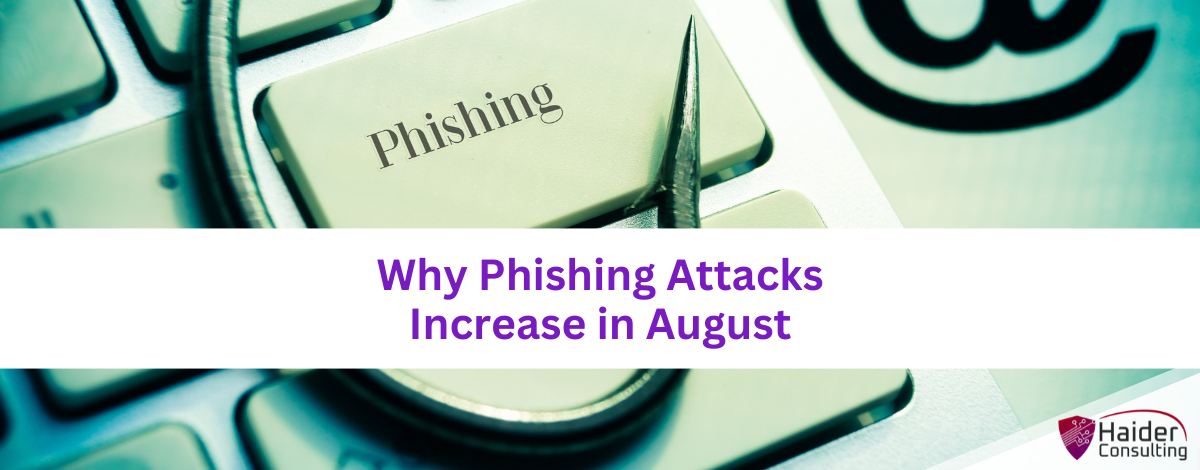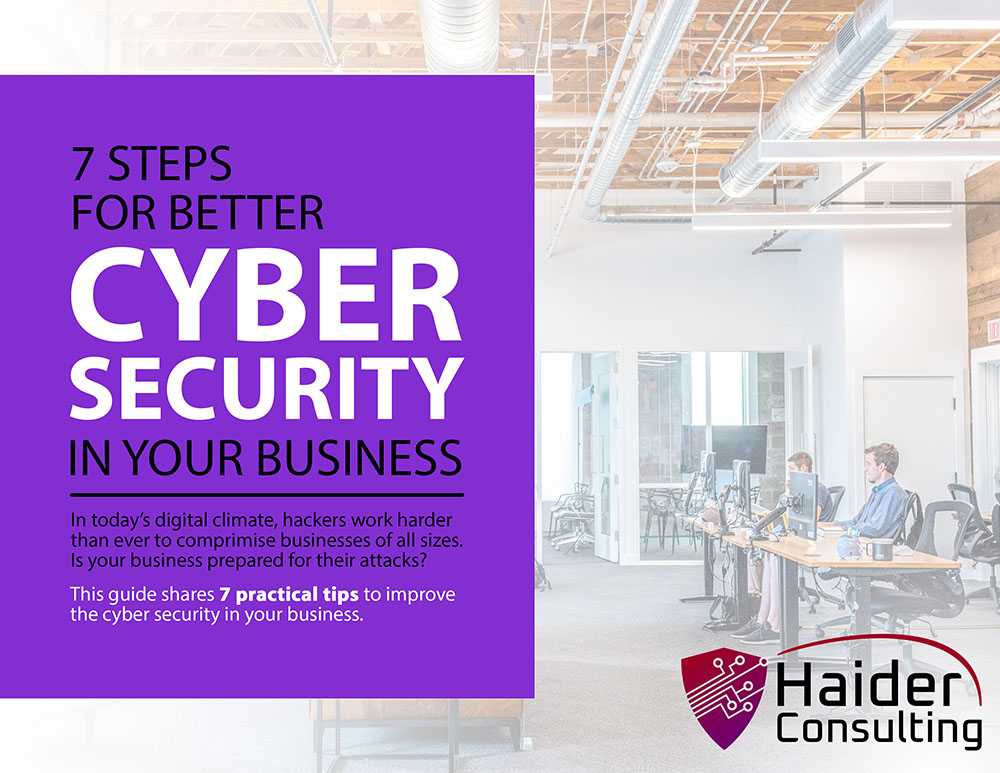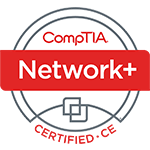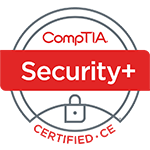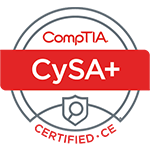Summer might be a time to relax, but hackers are just getting started. In fact, studies by cybersecurity companies like ProofPoint and Check Point show that phishing scams go up during the summer, especially in August. As your team comes back from vacation or prepares for the school year, it’s important to stay alert—and know how to protect your business.
Why Are Hackers More Active in Late Summer?
Cybercriminals know that people are more distracted in the summer. They take advantage of your vacation plans by sending fake emails that look like hotel or Airbnb confirmations. According to Check Point Research, there was a 55% increase in vacation-related website domains in May 2025 compared to last year. Out of over 39,000 new travel domains, 1 in 21 was found to be malicious or suspicious.
It’s not just travel. August also marks the back-to-school season, which leads to more phishing emails pretending to come from colleges or universities. Even if your business has nothing to do with education, there’s still risk. Why? Because employees might check personal emails on their work computers—and one click on the wrong message can open the door to a serious cyberattack.
Hackers count on these moments of distraction to trick people. And in the summer, they know there are more opportunities to strike.
How You Can Protect Your Business
While cybersecurity tools powered by AI are getting smarter, so are the phishing attacks. Many scam emails today look shockingly real—using company logos, realistic language, and even familiar names.
That’s why one of your best defenses is ongoing employee training. Make sure your team knows how to:
- Spot red flags in emails (like strange links, urgent requests, or unknown senders)
- Report suspicious messages quickly
- Avoid clicking links in personal emails while using work devices
Adding email security filters, turning on multi-factor authentication (MFA), and keeping software up to date also go a long way in reducing your risk.
Smart Ways to Stay Safe from Phishing and Online Threats
• Watch out for suspicious emails.
Don’t just scan for obvious typos or weird grammar—AI tools now help cybercriminals write convincing emails that sound professional. Instead, take a closer look at who sent the message. Is the sender’s email address spelled correctly? Is the domain what you’d expect (like @company.com instead of @secure-company-info.com)? Also, hover over any links before clicking to see where they actually go. If it looks strange, don’t click it.
• Double-check website links.
Hackers often use sneaky tricks like slight misspellings in website links or unusual domain endings like “.info”, “.click”, or “.today” instead of more common ones like “.com.” These suspicious domains are often used to host scam websites that steal your data.
• Go straight to the website instead of clicking links.
If you get an email from your bank, a hotel, or another business, don’t click the link inside the message. Instead, open a new browser window and type in the website yourself. This way, you avoid landing on a fake site designed to steal your information.
• Turn on Multifactor Authentication (MFA).
MFA adds an extra layer of protection. Even if a hacker steals your password, they still can’t get in without a second code—usually from an app on your phone or a physical security key. This simple step can stop many attacks before they start.
• Be cautious with public WiFi.
Coffee shops, airports, and hotels often offer free WiFi—but it’s not always safe. If you must use public WiFi, use a VPN (Virtual Private Network). It creates a secure, encrypted connection so your information stays protected, especially when you’re logging into accounts or entering payment info.
• Keep personal and work accounts separate.
Don’t check your personal email or social media on your work computer or phone. Doing so increases the chance of accidentally clicking something dangerous. Keep work devices for business only, and stick to your personal devices for everything else.
• Ask your IT provider about endpoint security.
Endpoint Detection and Response (EDR) software is like a watchdog for your company’s devices. It monitors your computers, laptops, and phones for suspicious activity—like a strange download or an unknown login—and blocks threats fast. If something goes wrong, your Managed Service Provider (MSP) gets alerted right away so they can take action before real damage is done.
The bottom line
Staying safe online isn’t about doing everything perfectly—it’s about staying aware and putting the right protections in place. A few smart habits can protect your data, your business, and your peace of mind.
Not sure how your team would handle phishing threats? Schedule a Discovery Call today! Our team can help analyze your security and get you on the right track, and it all starts with a simple, 17 minute call!
Book My 17-Minute Call